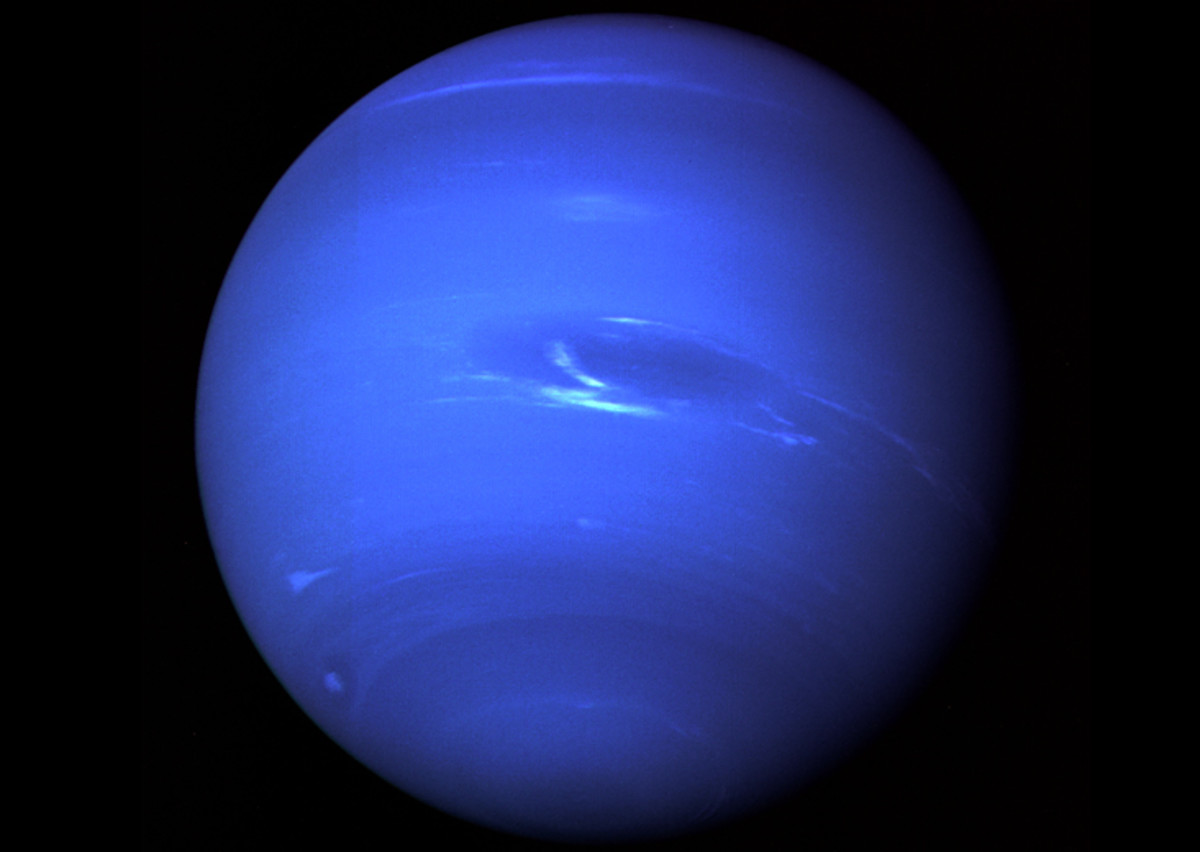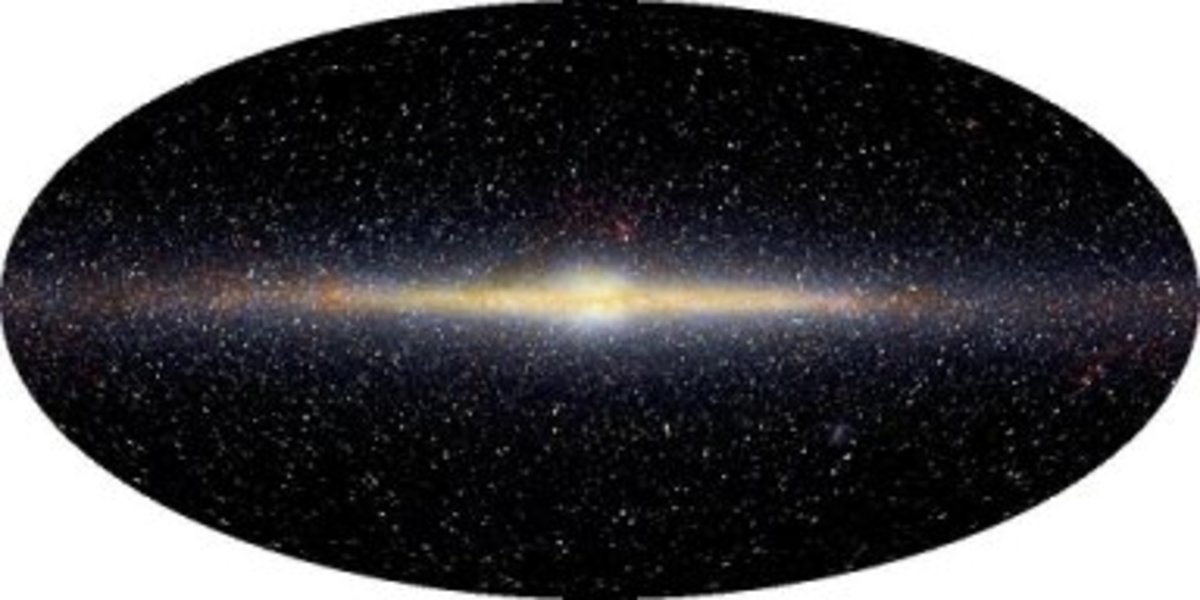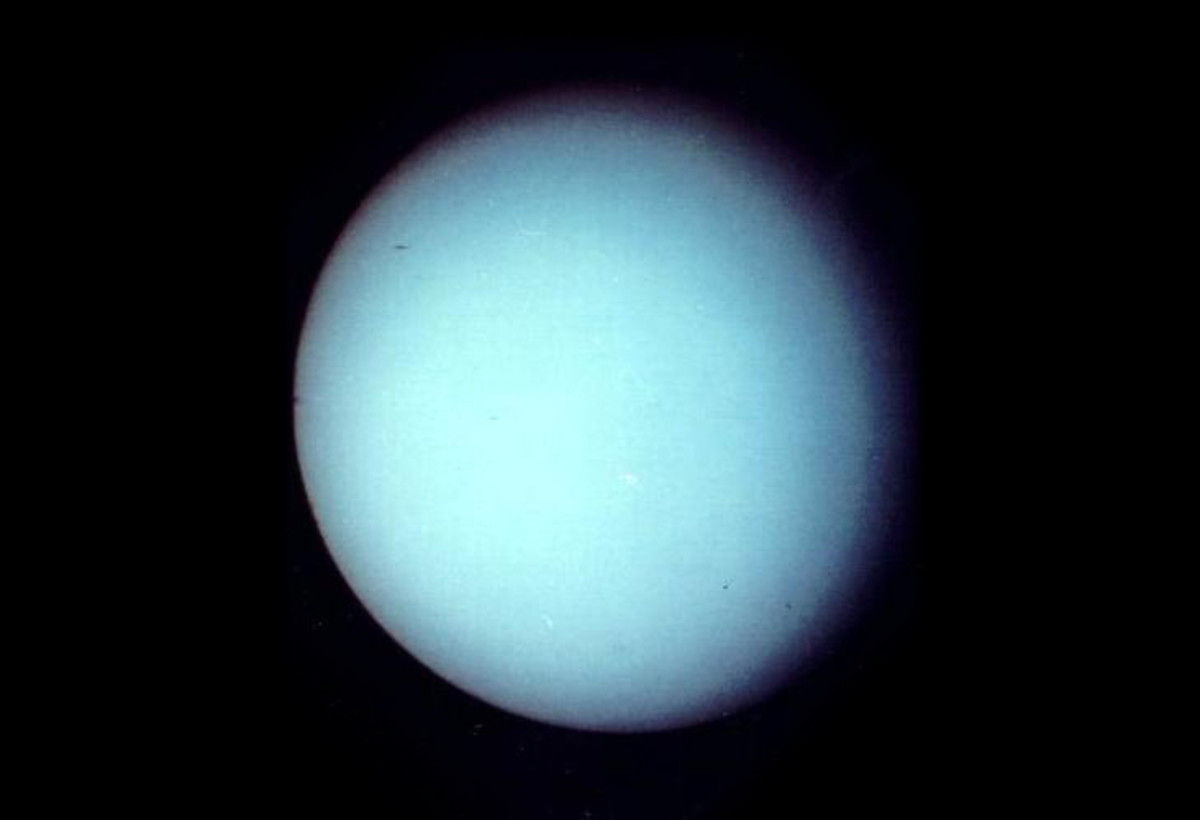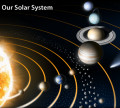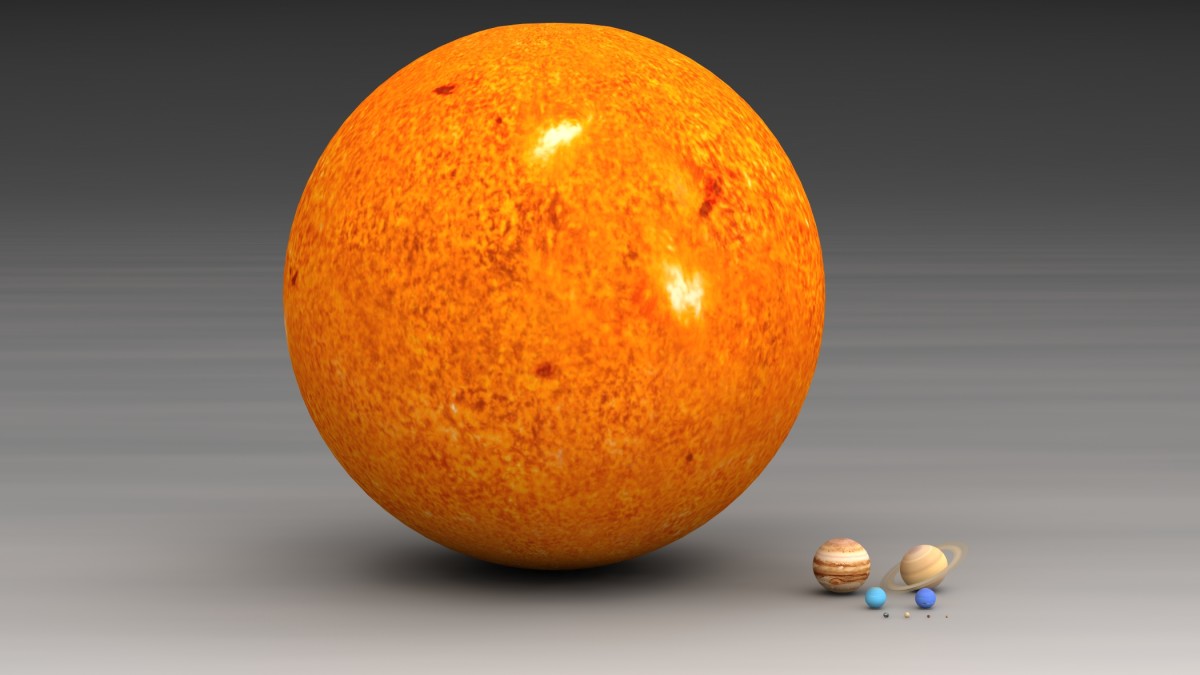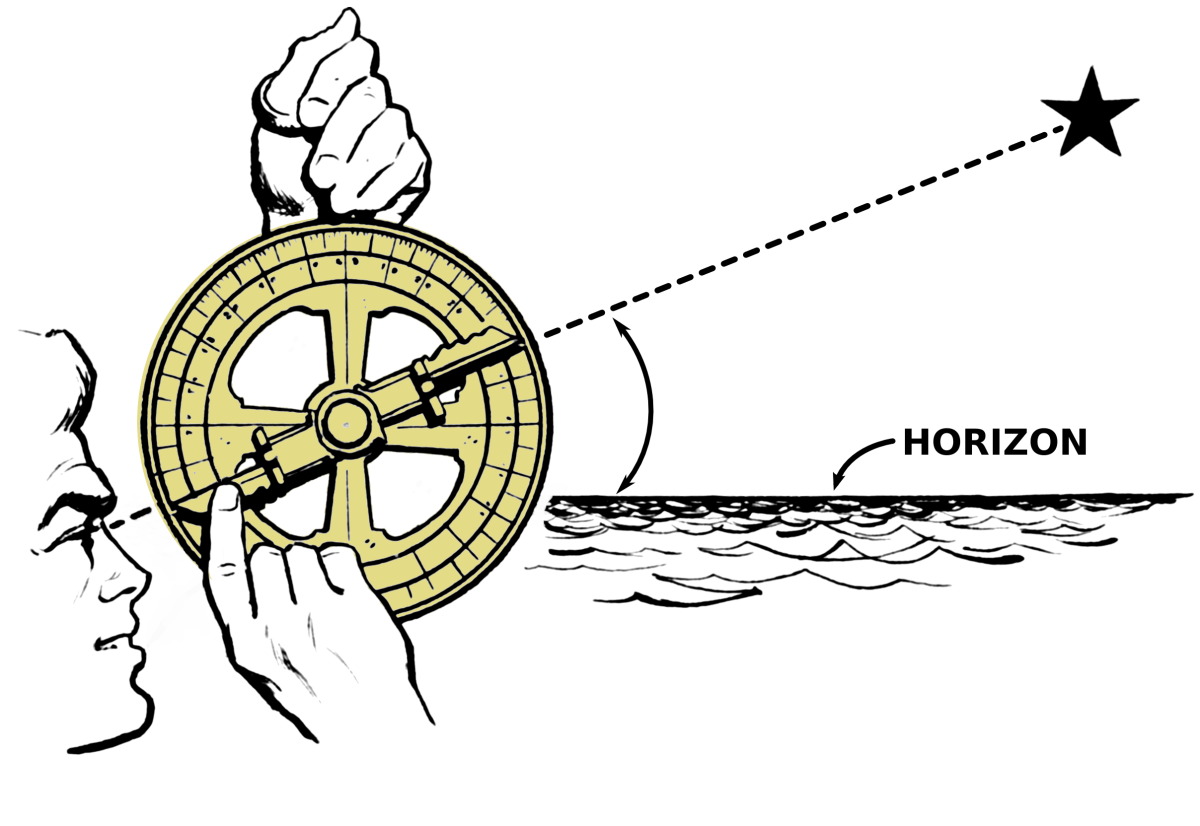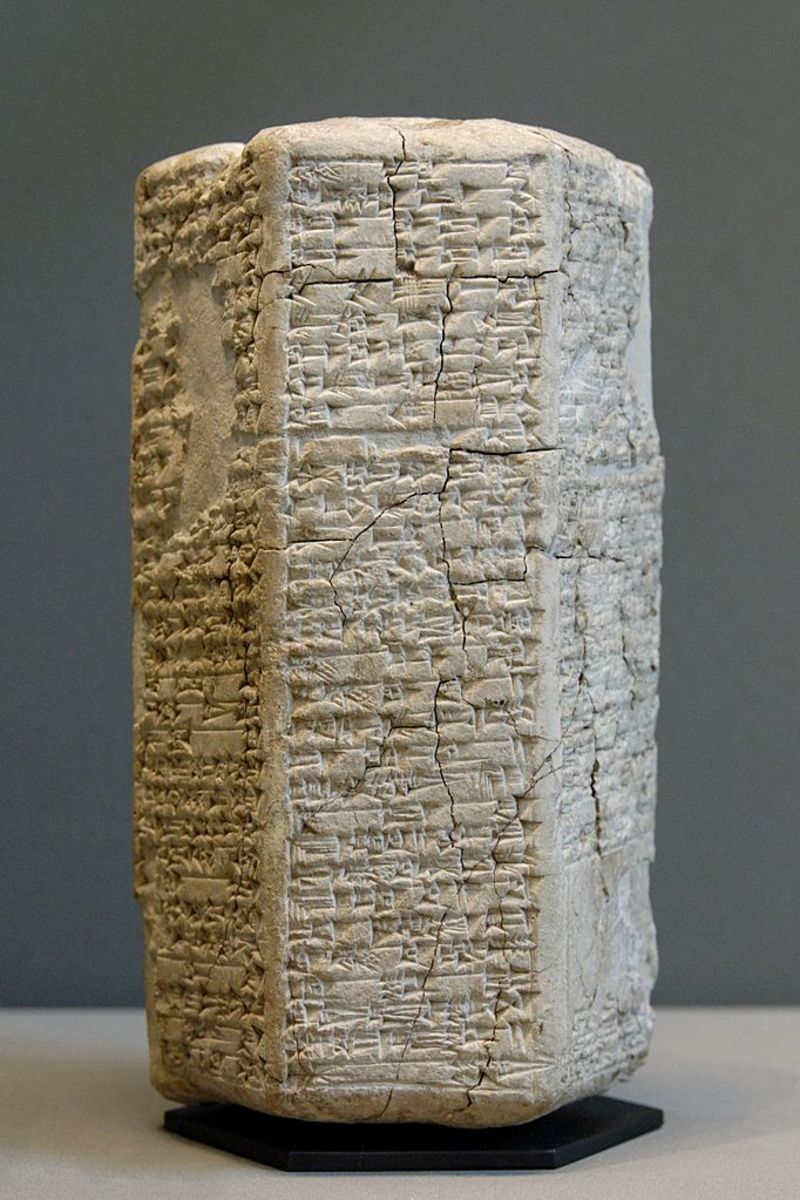Can Planets Explode
If a rogue planet penetrates the solar system, conditions could be right for planetary sized catastrophe.
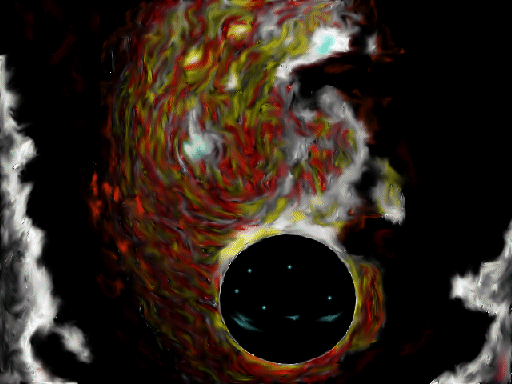
Under the right conditions, planets can explode.
The answer to the above may surprise you, but the old myth of Superman's home planet Krypton, exploding can in fact happen in some cases under special conditions. In the myth, we learn that Krypton is in orbit around an aging and expanding red giant star. For reasons not made that clear in the comic book myth, Krypton is known by its scientists as doomed to explode. One of them makes an effort to save his son, which he launches off Krypton before it finally explodes. Krypton then explodes, strewing the cosmos with Kryptonite, to which Superman is allergic. There is another important key in the myth. The gravity of the original Krypton is much greater than Earth's.
Now that we have an outline of the planet Krypton myth, let us now examine the possibility of a real planetary explosion. What does it require for a planet to explode? With our knowledge of planetary formation and insights into the Earth's core from Seismology, we can come to grasps with the conditions required.
For a planet to form there needs to be heavier elements than Helium and Hydrogen, especially if if is close to a star and small in size. It is now thought that planets can form only in regions where metal rich stars exist. This then means that they all must begin with rocky or metal cores. Nearby supernovae seed the interstellar clouds with the full spectrum of elements that will eventually form new stars and planets. This is now being witnessed in the Orion Nebula as well as other nebulae. As second generation stars form from the exploded remains of supernovae, planets also form. The all contain heavy elements, especially all those heavier than iron-56. As the proto-planets evolve around stars and in interstellar space, the hot young bodies form in such a way that the various elements settle out in an approximation of an onion-layered fashion with the heaviest elements in the core. This means that if uranium is seen in the stellar spectral analysis, then it also exists in the core of its planetary retinue. The heart of the star and all its planets is made up of uranium on a descending scale from most in the inner planet and least in the outer.
The uranium and other heavy elements in the core collect and create a colossal melt down in the center. This is similar to a process in a run away nuclear reactor that goes into a melt down, such as occurred at Chernobyl in Russia. It is now thought that Earth has such a heart that extends a eight to a dozen kilometers in diameter. This ball of superheated uranium is what drives the Earth's inner dynamo, generating the geomagnetic field through the overlying layers of elements heavier than iron to iron. Over this are complex layers made up of various molecules. But the Earth is not exploding! True, because other conditions must be fulfilled! Chernobyl did not explode after all, but it did release tremendous quantities of radiation and radioactive dust. A huge area was contaminated and evacuated.
Where did this uranium come from? It was created in supernova blasts and spread into interstellar space where it was collected in newly forming stellar systems. It is now known that asteroids carry heavier elements than iron. There are a few impact suspect sites on Earth that have a high level of uranium. One such site is located in Gabon, Africa, where a naturally occurring meltdown happened two billion years ago. Today, it is a source of uranium for human use. This natural meltdown occurred near the Earth's surface well after the surface cooled and hardened. In the beginning of Earth's life, Materiel of all kinds accreted into the proto-planet. The proto-planet was molten due to constant bombardment during the gravitational accretion era some 4.45 to 3.8 billion years ago in the heavy bombardment era. The heavier stuff sank to the core. The Earth stabilized over the intervening eons after this. The surface cooled and water was finally able to condense and form the primordial oceans. Shortly thereafter, life began.
The Earth will not explode because gravitational contraction balances the forces of the uranium that would produce a huge atomic explosion due to its vast quantity and relative purity. The Uranium at the core went into critical mass at a very early stage of development. This is true for all the inner planets and the sun. It may also be true for Jupiter, Saturn, Uranus and Neptune, but not enough is yet known. We now have good reason to believe that Earth has a uranium core due to Seismological analysis over an extended period. Coupled with this is deep Earth tomography that was initially used to explore for hidden resources.
What is required to cause the Earth or any other uranium cored planet to explode, is to somehow reduce the effect of the gravitational force. This can be achieved with tidal interaction of another closely passing planet. The only requirement needed to tip the balance toward the explosive force of critical mass uranium, is that the Earth or any other like constructed planet to pass into the Roche limit of another, preferably a larger body. I say this because in the early days of the proto-earth, there was an encounter with a Mars size body that collided and produced the moon as a result. I am certain that some of the interior force was released, but it was insufficient to result in a total explosion. Instead there was a partial directed explosion that was added to the impact explosion. An encounter with a larger body would result in a complete explosion, such as was the fate of the Mars sized planet that struck the Earth early in the heavy impact era. Once this occurs, the planet would be simultaneously torn and blown apart. Once this occurs, the heat would radiate into space and the rubble would cool. Once cool enough, the rubble would accrete into new bodies and eventually a new planet.
There is a myth according to Z. Sitchin detailed in his book, “the 12th Planet”, about such an encounter in the solar system that led to the birth of the Earth. The original planetary body orbited in what is now the main asteroid belt. A large mass interloper, possibly a rogue planet, came into the solar system on a retrograde orbit and passed close to the planet "Tiamat" within the critical distance that caused it to explode. The larger sized interloper continued unharmed in its orbit to the distant reaches of the Kuiper belt or Oort cloud. The confirmation of large bodies in this area was made with the discovery of Sedna, which has an orbit of extreme eccentricity. Some astronomers now think that a body of about 4 to 8 earth masses orbits in a similar high eccentric orbit and this body can dislodge smaller bodies like Sedna. This is as yet unconfirmed. The myth states that it was unharmed, suggesting a body larger than the one destroyed. Some of the dispersed material wound up making up the Earth. This of course would have had to happen near the beginning of the solar systems foundation some 4.5 billion years ago. The myth is as yet unproved. However, the penetration of the solar system by a large rogue planet is not impossible. Uranus stands as evidence of such a penetration in the past. A search is now underway to find a deep Kuiper belt massive planet. Another search for concentrated uranium in the main asteroid belt might help to prove that there was an ancient planetary explosion. For now, it lies in the realm of theory and speculation.
This theory could find its proof if some of the main asteroids turned out to contain substantial quantities of uranium or melt-down by products in massive quantities. They of course would be hot and this could be a clue to their detection, for they would glow at least in the infrared with more energy than received from the sun. In fact, some asteroids do radiate heat more than that input by solar radiation. The cause is as yet unknown. Some suggest recent impacts. It could also be uranium under the regolith covering the surface. These asteroids would be few in number compared to the greater quantities of iron/nickel, stony and volatile ones. It is a fact that there are many asteroids that are solid iron and some are even natural stainless steel. Many asteroids should also be rubble piles, which has been recently demonstrated for asteroid Geographis. Should asteroids of mainly uranium and decay products like krypton, cesium, strontium, lead and thorium be found, they would serve as a strong argument for a previously existing, but exploded planet. Certainly, most of the main belt asteroids orbit outside of Jupiter’s L1 position, thereby allowing a planet to exist there, contrary to some other arguments.
The argument that Jupiter prevented planet formation between itself and Mars’ orbit does not hold much soundness. We already know that the asteroids cluster in non-resonant bands and that there are very large ones like Ceres. We also know that asteroids can accumulate in stable resonant zones such as the Trojans, Greeks and the Hilda group. Any material between Jupiter’s L1 point and the Sun could ready accrete into a planet. So why has it not happened in a zone that stretches nearly 3 AU? There is enough material for certain and large enough bodies to condense it. This process could well be going on now.
We know for a fact that many moons have scars that show near fatal impacts with these impacting bodies. Some were asteroids dislodged from their orbits and others from the Oort cloud or Kuiper belt, also similarly dislodged. Many bear the tell-tale “Death Star” appearing mark of a huge (by the body’s standard) impact scar. Mimas is one example and our own moon bears such a mark just out of plain view in Mare Oriental. There are other examples. Mars itself also bears a huge crater. So such things are a matter of solar system historical fact. So, huge impacts are not ruled out. The bodies of the solar system are strewn with millions of impacts great and small. The evidence is there for the viewing.
Considering the logarithmic distribution of size in the solar system and by extension, in the galaxy at large, it is not by any means a stretch of ones credulity that large planet sized bodies drift in interstellar space between the stars, associated gravitationally to the galactic core alone. From time to time, these bodies will approach and penetrate the solar system. They would wreck havoc in so doing. They would move in quickly in a highly eccentric or, parabolic or hyperbolic orbits and leave just as quickly. They could approach from any direction with a preference to the galactic plane. By and large, due to their distance and coolness, they remain undetected. But, this elusiveness will not remain forever due to increasingly sophisticated ways and means of observing. We are already aware that there is a lot of mass in the Kuiper belt, just from what we’ve found thus far and also the unaccounted slowing of the two Voyager spacecraft now plying there way therein. Much of it we have yet to detect. We have already found numerous rogue planets in the Orion nebula and in the form of MACHOS (MAssive Compact Halo ObjectS). The ones in the Orion nebula are young and still glow with their own light. They are massive and are likely in the brown dwarf category. The MACHOS on the other hand are dark and cool, betraying their existence through gravitational lensing signatures and occultation of starlight.
What are the chances that something like this will penetrate to the inner solar system? Over the next several million years, several stars will come close to the Sun, one within about a light year. It follows with the size distribution of bodies that there will be far more rogue bodies doing the same dance. A few will actually put on quite a show in their visit, pulling with them a large retinue of comets. We lack the information as to when something like this will occur. If a large body does approach a planet closely enough so that the affected planet falls within the larger bodies Roche limit, the smaller body will explode, especially if it has a uranium core in perpetual critical mass.
Our experiments with nuclear bombs demonstrate that explosive force can be triggered by a sudden crushing of the uranium or plutonium core with conventional explosives. It is even more effective if two sub critical pieces are crushed together to instantaneously make one critical mass piece. The reaction is so fast that the result is a sudden titanic release of energy and explosive force. The cores of planets are under enormous crushing pressure. If this were suddenly neutralized, the result could be a planetary explosion.
This may seem unrelated to the topic, but consider the implications after viewing the BBC report.
- BBC News - 'Lightning Lab' tests aim to make modern planes safer
BBC Transport Correspondent Richard Westcott visits the Airbus "Lightning Lab" in Cardiff to see how designers are trying to make aeroplanes safer.

